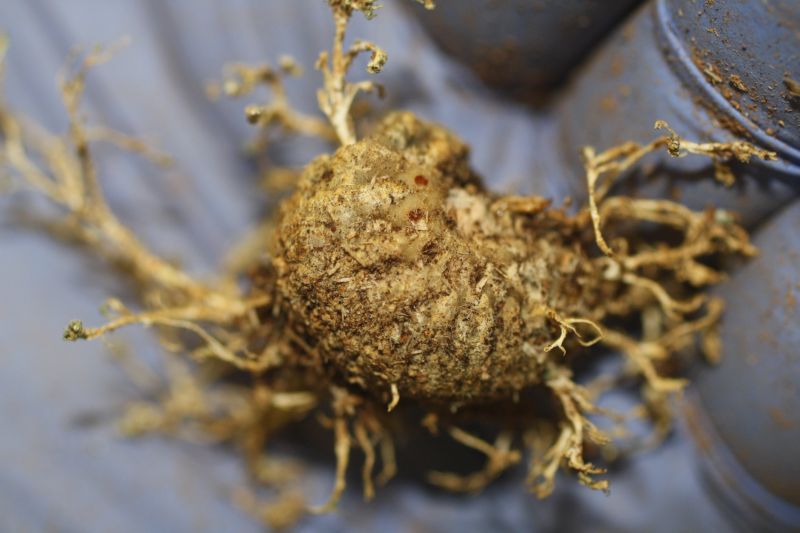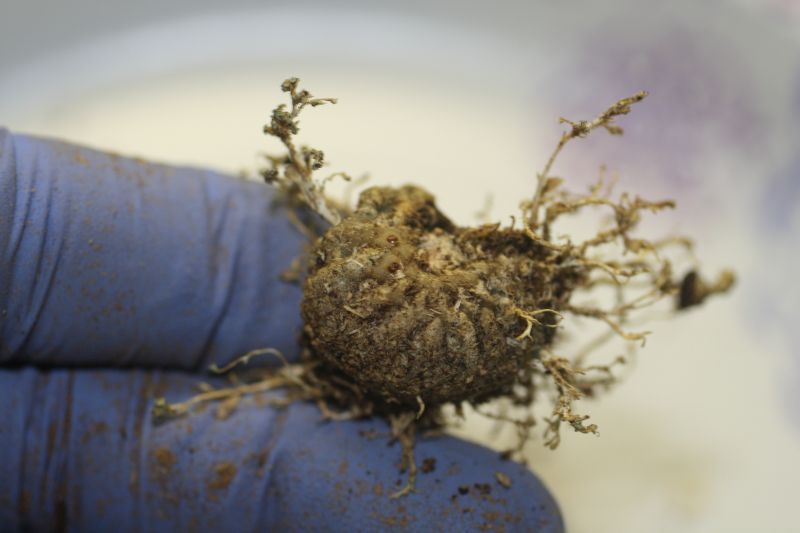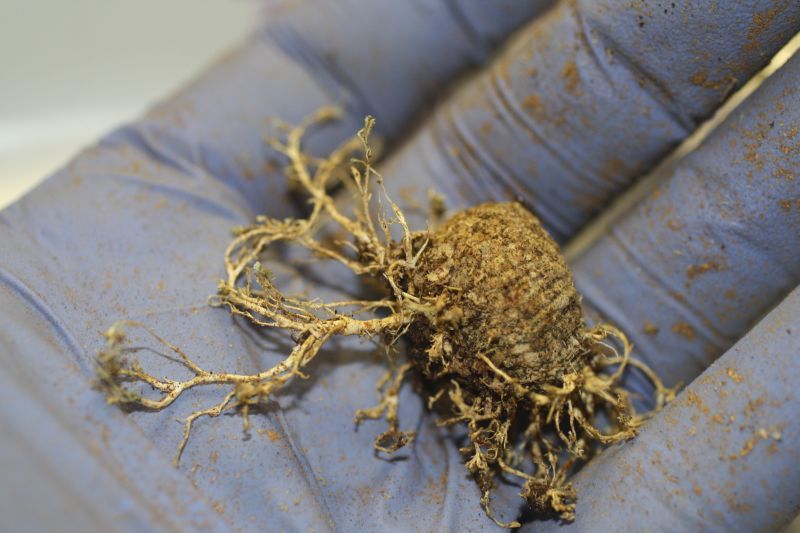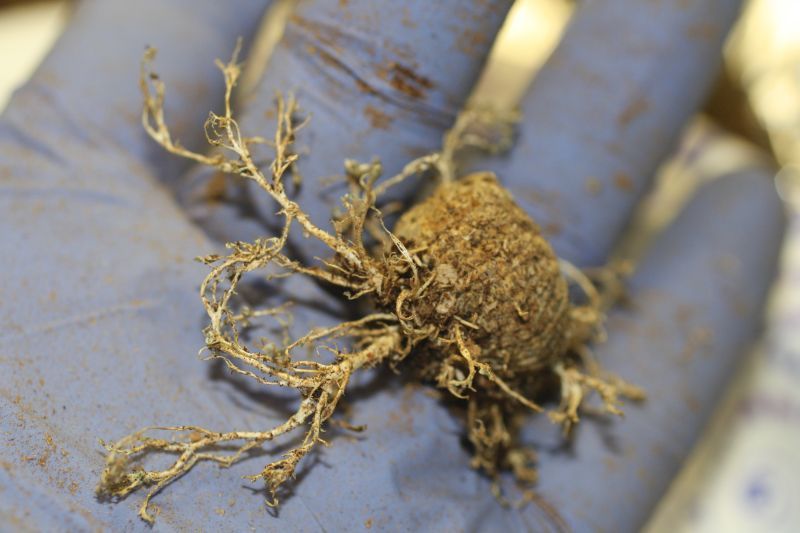LarvaHunter
Eudicella
This is a dead Phileurus truncatus that died and dried out. A fungus grew from within and grew outwards.
Could this fungus live within this larva until adulthood, and spread the fungus elsewhere when it flies to other trees?

Could this fungus live within this larva until adulthood, and spread the fungus elsewhere when it flies to other trees?




